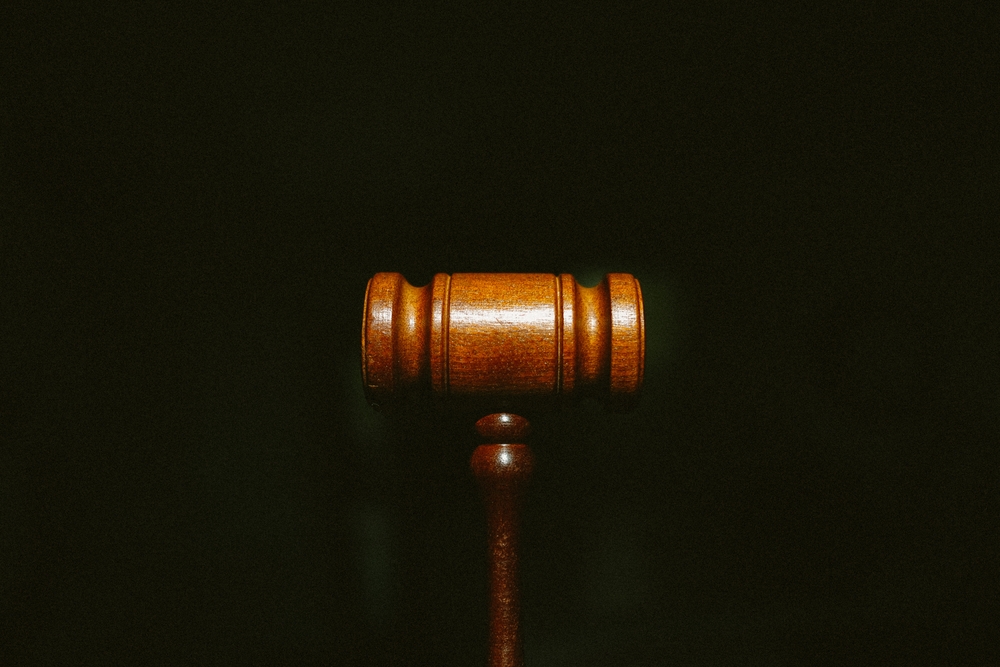
Wrongful Death Lawyer
The family of someone who has been killed as a result of another’s negligent or intentional conduct can file a wrongful death or survival claim to compensate them for the loss of their loved one. The two types of claims have significant differences, so it is important to understand what each involves. The two major differences between a wrongful death claim and a survival action are the party that brings the lawsuit and the types of damages that may be awarded. However, despite these differences, it is important to note that both claims are dictated exclusively by state law. Therefore, a plaintiff considering bringing a wrongful death claim or survival action should be sure to consult their state’s laws before doing so.
Wrongful Death Claims
In a wrongful death claim, the decedent’s estate brings the lawsuit on behalf of the decedent’s spouse, parents, or children. The estate may be awarded damages for the decedent’s beneficiaries, mostly for financial injuries they have suffered as a result of the decedent’s death. There are several issues that are common in all states when it comes to wrongful death lawsuits. These include who is authorized to file the lawsuit on behalf of the decedent’s estate, how a person is appointed as a representative of the estate, and which types of damages the estate can receive in the wrongful death claim.
The personal representative of the estate will be the person to file the lawsuit. The personal representative is usually the decedent’s closest surviving relative. If the decedent did not leave a will, the decedent’s family will generally decide amongst themselves who the personal representative will be. If they cannot do so, a court will have to resolve the dispute. The state probate court, which oversees wills and estates, will appoint a personal representative.
Each state prescribes which types of damages may be awarded in a wrongful death claim, but states generally make pecuniary, or financial, damages available to the decedent’s estate. The damages will go to the decedent’s beneficiaries, which are typically their spouse, children, and any other relatives for whom they elected to provide financial support. The most common type of damages for wrongful death claims are for the family’s loss of financial support from the decedent and are calculated to extend for the period of time that the decedent would have supported them had they survived.
Survival Actions
In a survival action, the decedent’s estate brings the lawsuit on behalf of the decedent themself. Survival actions allow the decedent’s estate to be compensated for the damages that the decedent could have recovered in a personal injury lawsuit had they not died. In other words, the decedent’s estate can be awarded the damages that the decedent suffered from the moment they were injured to the moment they died. These damages usually come in the form of the decedent’s pain and suffering and lost earnings until the decedent’s death. However, if the decedent immediately dies from the accident, their estate will not be entitled to loss of income. Consult with a wrongful death lawyer for further insight into the differences between wrongful death claims and survival actions.
Thanks to Eglet Adams for their insight on wrongful death and survival actions.

